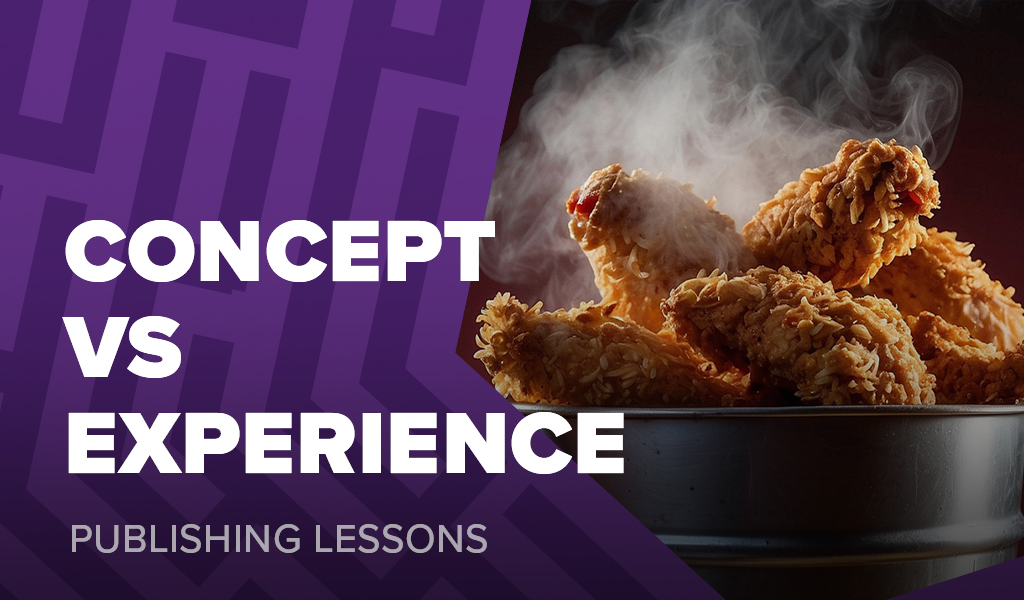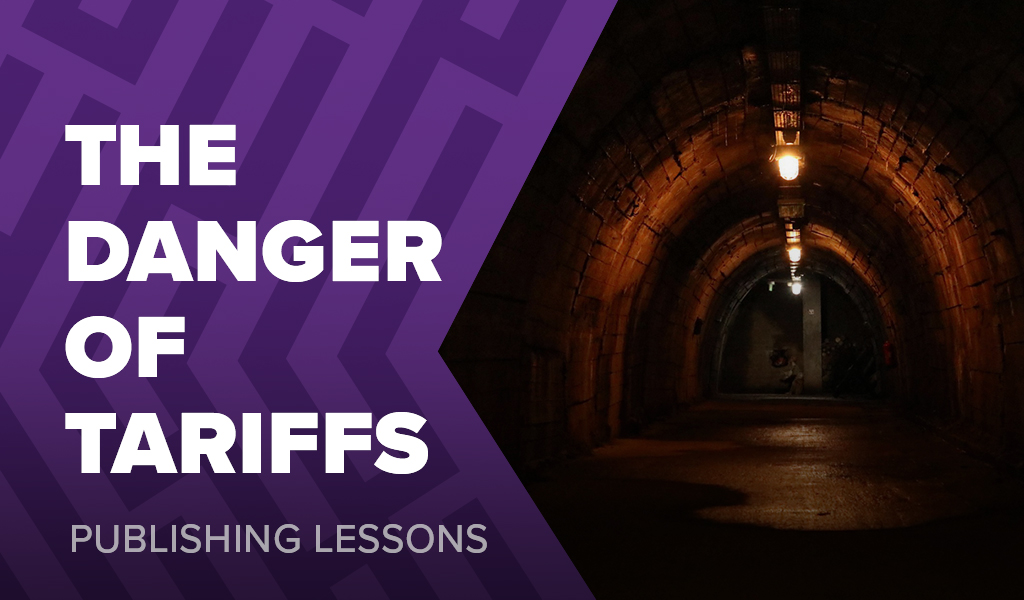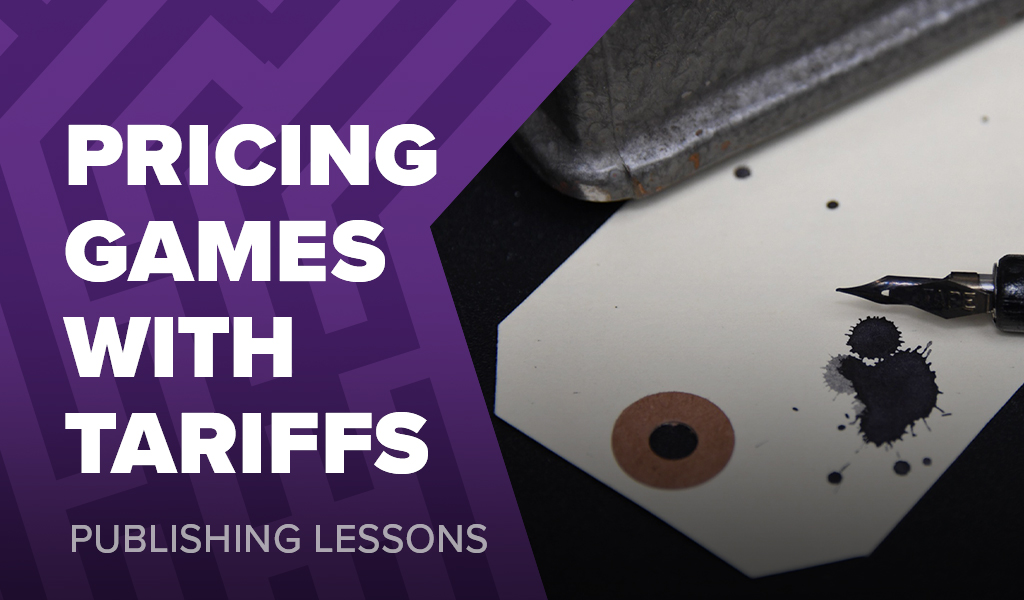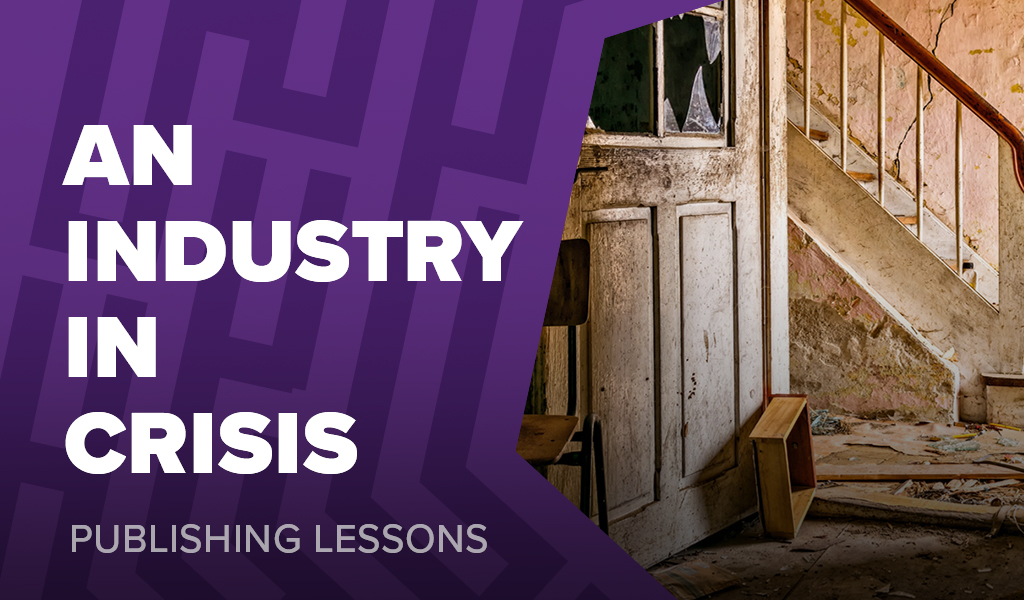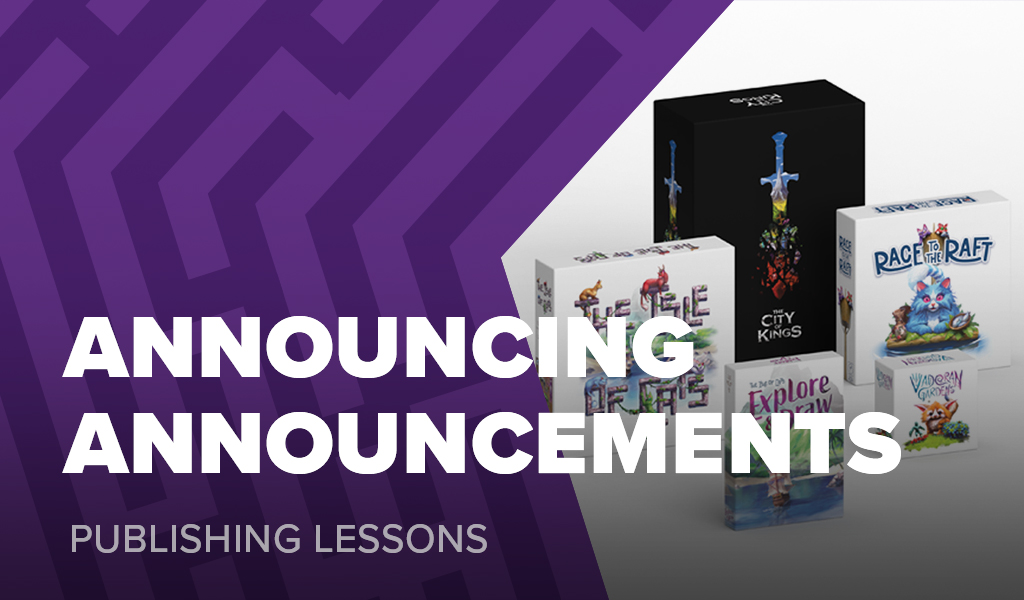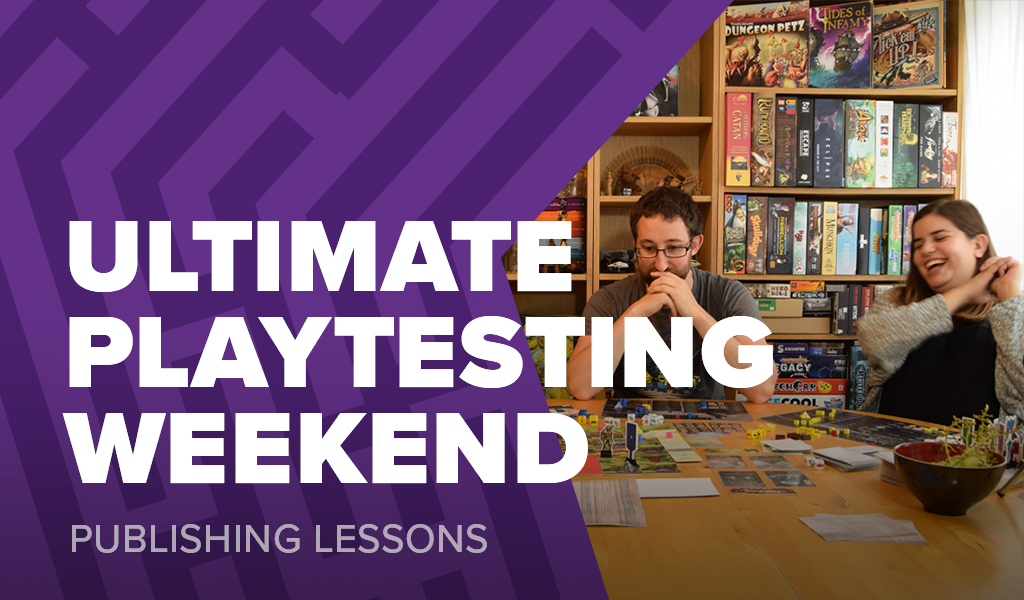Emberleaf shipped two months early — my smoothest Kickstarter yet. Here’s how I planned fulfilment and stayed ahead.
The latest news
Publishing lessons
What matters more — the idea that excites you, or the moment you remember? I’ve been thinking a lot about concept vs. experience, and how it shapes the games we love.
Tariffs don’t just mean higher prices—they threaten the very system that made modern board games thrive. Let’s take a deeper look at what that really means.
With new tariffs hitting the board game industry, it’s time to rethink pricing models. This revised model offers a practical way to share the cost without overburdening any part of the supply chain.
The industry is struggling—but here’s something small, free, and meaningful you can do to help.
With the board game industry under pressure, here are some of my thoughts on how we adapt to survive.
Usually, when I send out a newsletter I am confident that it’ll reach everyone without a hitch. But this time, at the worst possible moment, disaster struck...
Announcing a new game or expansion might seem straightforward—just post on Facebook, tweet it out, and send a newsletter, right...?
When designing a complex game, traditional playtesting methods might not always provide the insights you need. Recently, I organised an intensive playtesting event to focus on my newest game's flow, learning curve, and overall player experience. Here's how it went and why I would recommend this approach to others.
As I've developed more games, I've also come to appreciate the importance of high-quality prototypes. Not so much with the first versions, but as a game progresses, it’s crucial to touch and feel the components. Today, I want to share three not-so-cheap tools that I’ve loved ever since they arrived.



